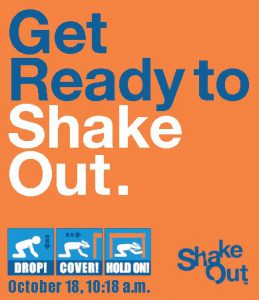Halloween is a fun and spooky time of year. Whether you are participating in Halloween parties or preparing your kids to go out trick or treating, keep in mind the following safety tips to ensure you have a spooky – but safe – Halloween.
- Dried flowers, cornstalks, and crepe paper catch fire easily. Same with decorative spider webs and other decorations. Keep all decorations away from open flames and other heat sources like light bulbs and heaters.
- When choosing a costume, stay away from long trailing fabric. If your child is wearing a mask, make sure the eye holes are large enough so he or she can see out.
- Remember to keep pathways and exits clear of decorations, so nothing blocks exit routes.
- Use a battery-operated candle or glow-stick in jack-o-lanterns. If you use a real candle, use extreme caution.
- Provide children with flashlights to carry for lighting or glow sticks as part of their costume.
- Make sure all smoke alarms in the home are working.
- Tell children to stay away from open flames including jack-o-lanterns with candles in them. Be sure they know how to stop, drop and roll if their clothing catches fire. Have them practice, stopping immediately, dropping to the ground, covering their face with hands, and rolling over and over to put the flames out.
For more information, you can visit the National Fire Protection Association.

